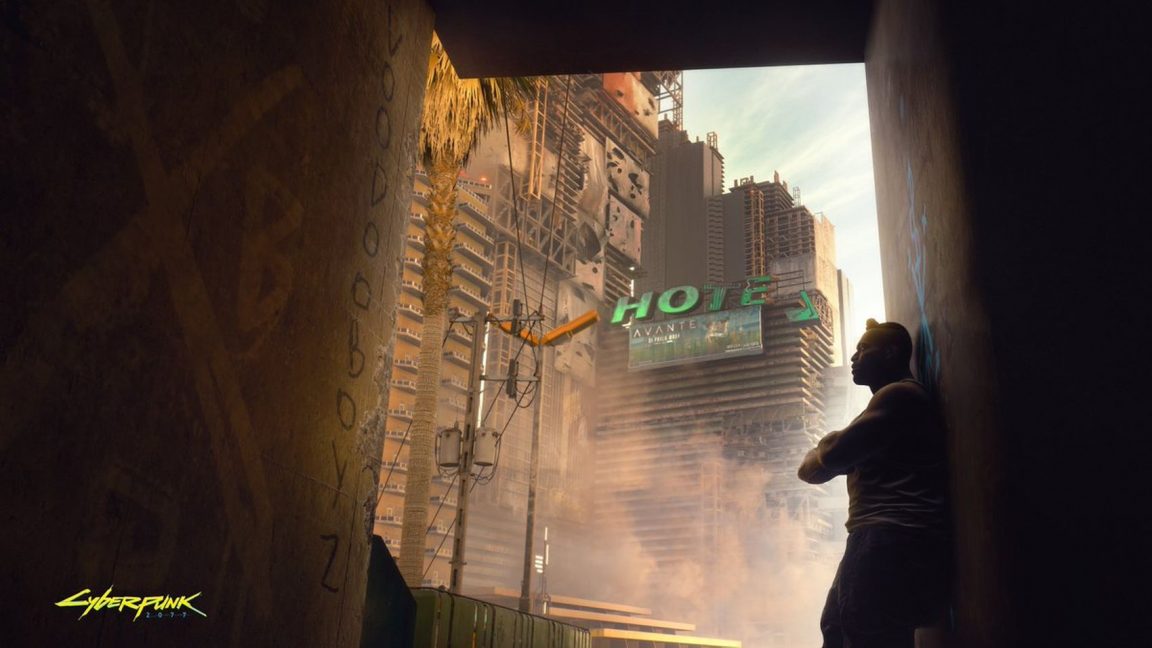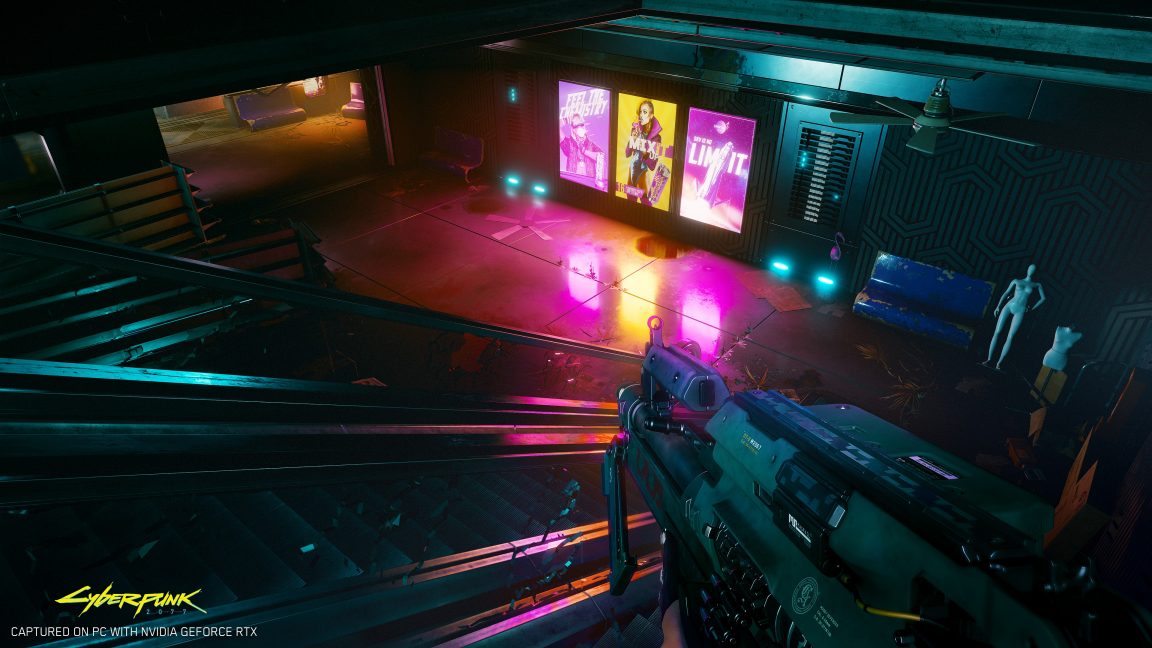You don’t know what Cyberpunk 2077 did final summer season.
Sure, you may need watched the 48 minute Gamescom demo that noticed protagonist V buy a stolen combat bot from a gang holed up in a meat processing factory (the situation a prepared metaphor for the meat the gang themselves had processed into machine, scooping out their very own eyes to exchange them with glowing, insectoid equivalents). But it was only one tackle a quest with many doable permutations.
That model ended with an unsightly skirmish, due to a virus planted on V’s credchip by the bot’s company house owners. “Maelstrom, Militech,” V’s accomplice Jackie mentioned on the time. “Had to end this way.”
But it didn’t need to – not if V hadn’t visited Militech investigator Meredith Stout beforehand, as an illustration. If she’d as a substitute discovered a solution to stump up the money for the bot herself, and been cautious sufficient about it, nobody want have died in any respect.
“You could side with Militech to do it their way, or you can just go on your own,” lead quest designer Pawel Sasko says. “Your relation to Militech is different, based on that. But also there are other quests later that actually reference what happened in your choices.”
There’s nothing new about RPGs providing actual choices. Beginning with The Witcher in 2007, Sasko and his workforce have labored on the coalface of branching narrative, first within the context of a managed story, after which within the open world of The Witcher 3 (“People were just saying it’s impossible”). But this time, it’s been completely different.
“There’s a shit-ton of things that we had no idea about, like absolutely no idea,” he says. “We tried it, it was a disaster, we changed it, and so on.”
The alternative of Cyberpunk 2077 is as a lot rooted in motion as dialog. The resolution to not go to Meredith beneath the overpass in a storm channel – that’s not one made in a dialogue tree, however within the course you steer Jackie’s automobile. And when that virus triggers safety protocols in Maelstrom’s system, trapping V and Jackie within the manufacturing unit, there are a number of methods out of the room – rooted in expertise like hacking and electronics, amongst others.

As in The Witcher, you possibly can discuss or combat your method out of a state of affairs – however Cyberpunk goes broader, encouraging you to deal with every scene as an issue to resolve. In reality you might mistake this CD Projekt Red game for a Deus Ex sequel, not only for its city exploration and themes of transhumanism, however its design values. Has the studio switched genres from RPG to immersive sim?
“That’s a very good question,” Sasko says. “We’ve been discussing this in the company a lot, and I don’t think that Cyberpunk is an immersive sim, to the fullest potential. Because we’re not really trying to make an immersive sim. However, there’s lots of elements from them that you will find there.”
Like immersive sim designers, Sasko and his colleagues are discovering that gamers usually take encounters in sudden instructions. Netrunners are Cyberpunk’s hackers, and within the tabletop game they’re sometimes sedentary people. In reality Rache Bartmoss, maybe probably the most gifted netrunner of all, wasted away in a cryogenic freezer disguised as a fridge.
But due to CD Projekt Red’s fluid class system, expertise are mixed in methods the studio doesn’t predict. And so typically, a very agile hacker can double bounce to a excessive level and attain an entry level that permits them to blow up the brains of a army squad from inside out.
“We’re not bending the rules depending on the quest, like, ‘Here I can use this, but here I can’t,’” Sasko says. “It’s cohesive everywhere. In that way it’s definitely a level of immersive sim.”

As the QA division’s playtesters uncover odd-yet-viable approaches to Cyberpunk, the game’s quest workforce works to assist them. “This is one of the challenges that we have when we’re designing,” Sasko says. “To make sure that no matter the weird build you have, there’s always a way for you to beat the given encounter. There’s always some way to figure it out.”
It’s this player-proofing revision of quests that’s led to the existence of a non-lethal route through the entire game. “In a lot of quests we already had that sort of covered, but not everywhere,” Sasko says. “We made the decision, ‘Okay, fuck it, let’s just support it completely, in every side quest, every street story – absolute, literally in every possible scenario, you don’t have to kill.”
Even as Cyberpunk 2077 modifications, although, it’s solidifying. Just a 12 months away from its launch on April 16, the components that make up its physique are settling, and shortly there’ll be no alternative to return. It’s trigger for pleasure because the game nears, but in addition concern as CD Projekt Red continues to misstep – throughout E3 revealing a road scene that featured a poster reducing a trans character to the status of an erotic object.
The studio has mentioned that poster’s company hypersexualisation represents what V is combating towards. We can solely hope the completed game makes that context clear, and that the studio has been as reactive to illustration issues because it clearly has within the quest design division.
Source


